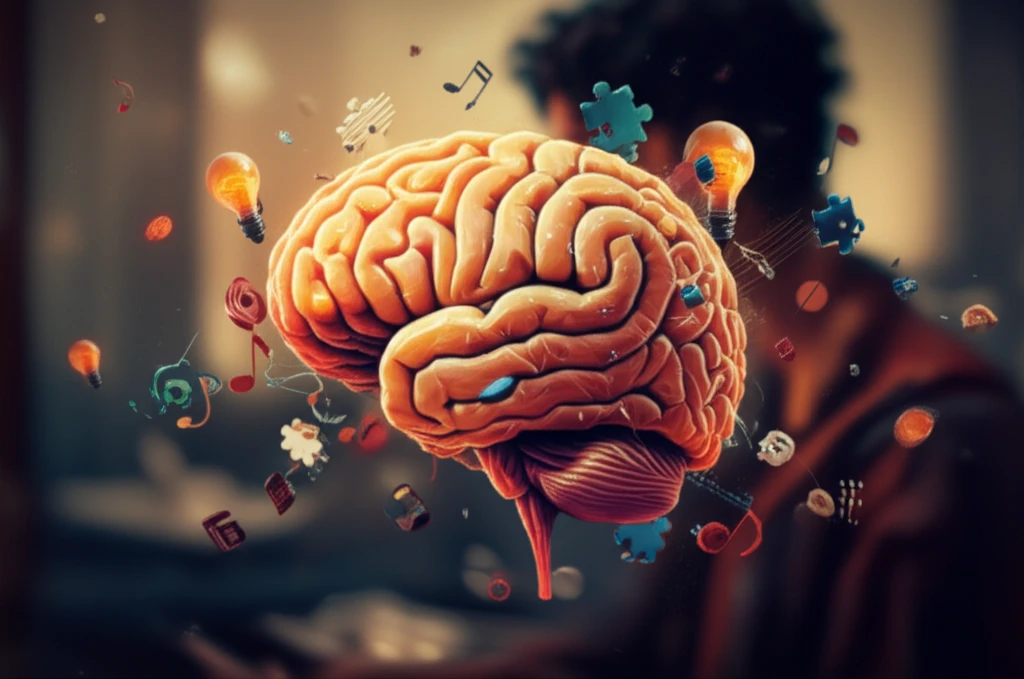
Decoding Memory: How Our Brains Learn and Remember Visual Information
"Scientists are uncovering the secrets of how our minds process and retain the world we see, from fleeting images to long-term memories."
Have you ever wondered how you remember the faces of your loved ones or recall the layout of your childhood home? These everyday feats of memory rely on a complex interplay of brain regions and cognitive processes. But what about the seemingly simple act of remembering a color, a shape, or the arrangement of objects you see for just a moment? Recent research delves into the intricacies of visual memory, offering insights into how our brains encode, store, and retrieve visual information.
This article dives into the fascinating science behind visual memory, exploring the latest discoveries in the field. We'll uncover how different brain regions work together to capture and retain what we see, from fleeting impressions to lasting recollections. This research is a valuable exploration of memory, offering new insights and applications for learning, understanding, and managing memory-related challenges.
Drawing on the latest studies and expert insights, we'll translate complex research into easy-to-understand information. Whether you're curious about the science of memory or simply fascinated by how your mind works, this article will provide valuable insights into visual memory and its central role in our daily lives.
Unveiling the Two Systems: The Visual Cache and Episodic Memory

At the heart of visual memory are two distinct systems, each playing a crucial role in processing visual information. One of these is the visual cache, a temporary storage system for visual details. This cache allows us to hold a visual scene in our minds for a brief period, such as when looking at an object or scene.
- Visual Cache: This is a temporary store, like a mental notepad, holding details for seconds.
- Episodic Memory: This system creates the lasting memories.
- Interplay: These systems work together, as the visual cache provides a foundation for creating enduring memories.
Memory and the Future
Understanding visual memory is critical, with implications spanning education to clinical treatments. Research findings inform new strategies for learning, memory rehabilitation, and cognitive enhancement. By examining how we learn, remember, and recall the world, we can develop better ways to live with our mental abilities. Further research is expected to continue refining our understanding of visual memory.
